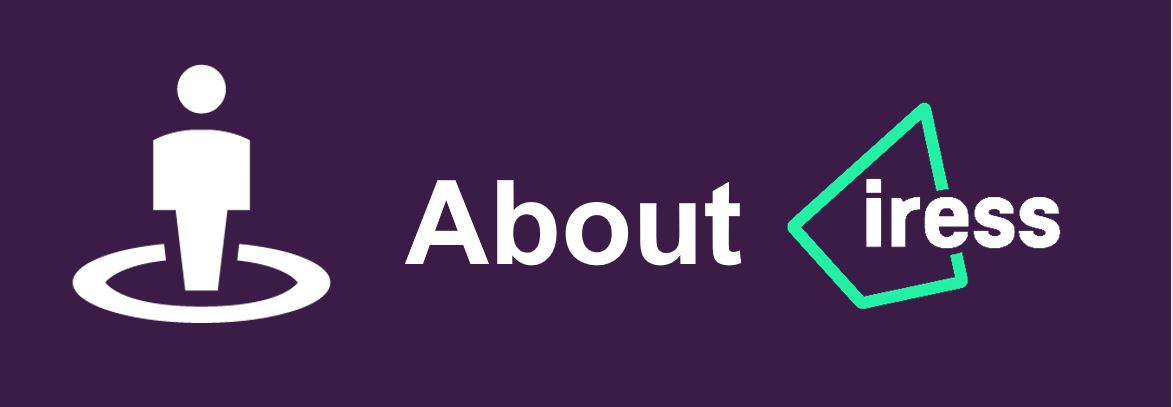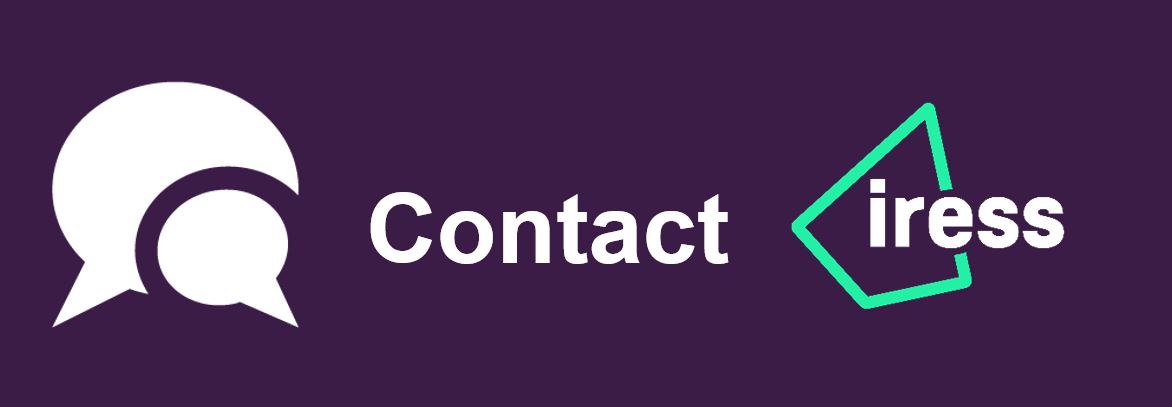Passive vs active investments: Which comes out on top?
Written and accurate as at: Oct 14, 2024 Current Stats & Facts

There are plenty of different investment types to choose from, but one of the more important distinctions you’ll encounter is between passive and active investments. Below, we explain what they are and how they might fit into your overall strategy.
How do active investments work?
Active investments, as the name suggests, are those where someone is proactively making decisions about what to buy and sell. This might mean managing your own portfolio, or it might mean outsourcing the decision making altogether by investing in a managed fund.
Managed funds pool your money together with other investors’ money and use it to purchase shares and other assets. These are hand-picked by professional fund managers, who will pore over different investment options, monitor their performance, and buy and sell at times they deem opportune.
For fund managers, the name of the game is beating the market or outperforming a particular benchmark (such as the S&P ASX 200). To do this, they’ll conduct much deeper analysis and use more sophisticated tools than the average retail investor will have access to.
But the returns they target can be elusive even in the friendliest of environments. It’s well known that many managed funds struggle to match their benchmark. And even if they’re able to beat it in a given year, returns can be negatively impacted once costs and fees are factored in.
Some advantages of active investments are:
- You can leave the decision making to professional fund managers and their team of research analysts, which can be useful if you don’t have the time or knowledge to pick investments yourself.
- Fund managers have greater flexibility to jump on investment opportunities they believe will pay off in the short-term. They can also make adjustments in response to market changes.
Some disadvantages of active investments are:
- Actively managed funds have higher operating costs than ones that track a benchmark index, and this generally translates to higher fees for investors.
- It’s extremely difficult to pick winning investments, and even the most experienced analysts might struggle to do so consistently.
What about passive investments?
On the other side of the investing coin is passive investing, which is a type of investing that looks to generate returns while keeping trading activity (and costs) to a minimum.
These days, many Australians have embraced passive investing in the form of Exchange-Traded Funds, or ETFs. These give investors access to a basket of securities that aim to replicate the performance of a particular market index or sector.
Unlike active investing, the goal isn’t so much to make short-term profits but to build wealth over time through what’s known as a buy-and-hold strategy. Investors are encouraged to look past the everyday market fluctuations and focus instead on potential long-term appreciation.
You’ve probably heard the phrase “time in the market beats timing the market.” Overused as it might be, it’s thrown around so often because it captures something real. Investors who try to avoid the worst trading days will often fail to predict the best ones — and missing out on those days can be costly.
A passive investment strategy can ensure you’re not sitting out during days when the market posts extraordinary gains. These often come during or not long after a correction, at a time when many investors have succumbed to nerves and withdrawn their funds.
Some advantages of passive investments are:
- Investors aren’t required to pick and monitor assets, as passive investments will aim to hold a representative sample of assets in a particular index.
- Passive investments typically have lower fees. That’s because funds that track an index don’t require analysts to select shares, so the savings can usually be passed on to investors.
- Less frequent buying and selling of passive investments also translates to fewer transaction costs for investors.
Some disadvantages of passive investments are:
- Passive investments are designed to mirror an index, not outperform it. That means they’re unlikely to generate the outsized returns many investors might be hoping for.
- If ETFs feature prominently in your strategy, you’ll have plenty to choose from but you won’t have a say in what a particular ETF invests in.
So which is better?
Both passive and active investments have their benefits and drawbacks, and whether you’re drawn to one over the other often comes down to personal preference. But there’s nothing stopping investors from taking advantage of both kinds of investments.
A popular way to go about this is the core-satellite approach. This divides your portfolio into majority passive investments (your 'core') and a smaller number of actively managed funds or direct investments (your 'satellites').
The point here is to gain broad market exposure while not closing yourself off to funds that have the potential to outperform the market, particularly if they’re able to spot those diamond-in-the-rough stocks that others might have overlooked.
Of course, when picking investments you’ll have to consider whether they align with your goals, investing timeframe and appetite for risk. And while looking at past performance can be useful, remember that it shouldn’t be treated as an indicator of future performance.













